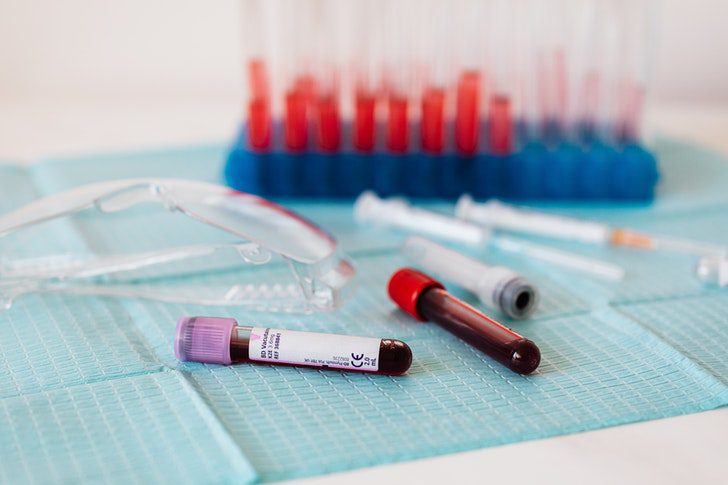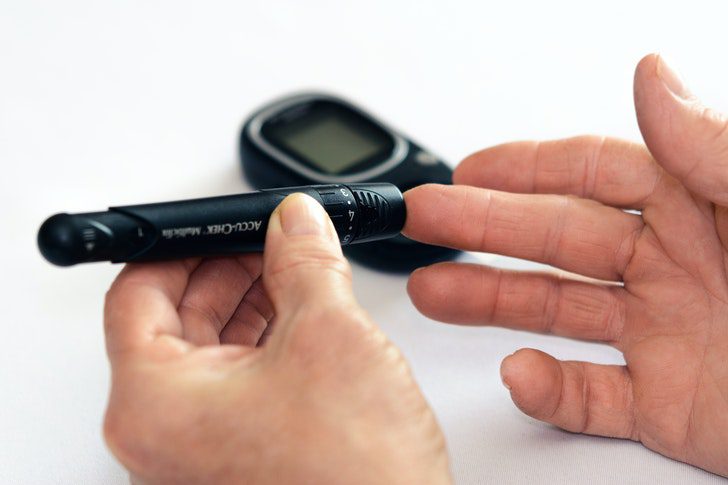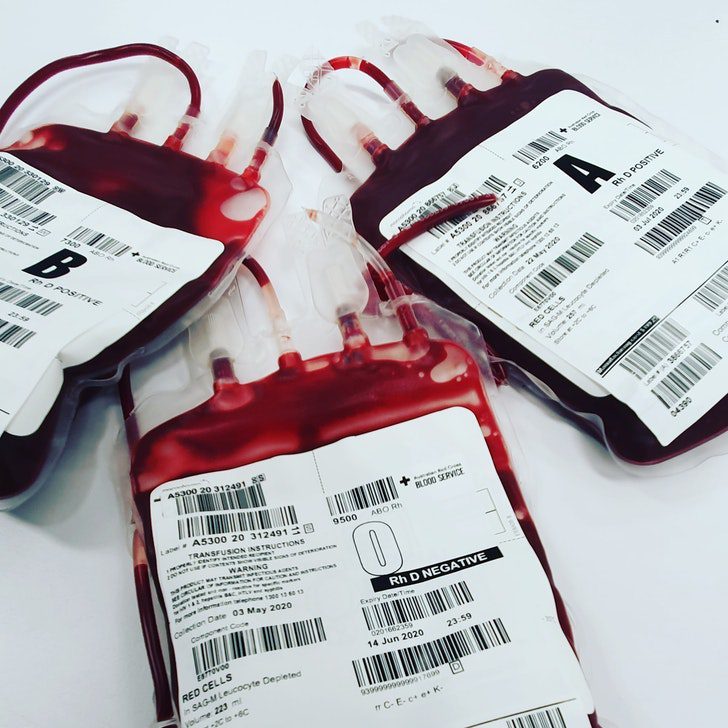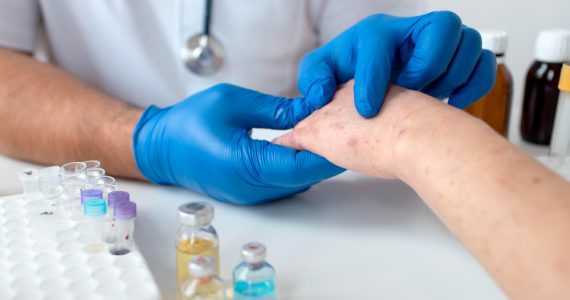Each day, thousands of people need donated blood and blood products to keep them in good health or allow them to stay alive. If a person’s blood levels fall due to an accident or illness, or if their blood is not functioning properly, there will not be enough oxygen or other nutrients to maintain their vital organs. Donating whole blood can help these people. A similar process to whole blood donation is apheresis. This provides other blood components, such as platelets. A donation of platelets can help people who have issues related to clotting. It may also provide antibodies to help fight diseases, such as COVID-19.
Australian Red Cross Lifeblood collects around 1.5 million blood donations each year. Most of this is used to help people with medical conditions that require blood or blood products regularly. For example, 34% of donated red blood cells are used to help treat people with cancer and blood diseases. Medical researchers also need to donate blood in order to develop and test new treatments for many medical conditions, such as blood clots, heart attack, stroke and cancer.
Requirements for blood donation

First, you’ll need to find a blood bank or blood drive and make an appointment. Be sure to ask about any specific requirements for donors and what kinds of identification you need to bring with you. You’ll need to be:
- At least 16 years old to donate whole blood (at least 17 to donate platelets) in most states
- Weigh at least 110 pounds
- In good health and be feeling well
- Your local blood bank may have more requirements, so check with them. When you call, tell the person on the phone if you have health concerns or problems or if you’ve recently travelled outside the country.

In the weeks before your appointment, you’ll want to make sure you’re getting a healthy amount of iron from food. Meat and seafood, as well as vegetables like spinach and sweet potatoes, are good sources of iron. Certain breeds, fruits, and other foods like beans and tofu can be good options too.
On the day of your appointment, prepare yourself by drinking plenty of fluids and wearing comfortable clothes with sleeves that you can easily roll up above your elbow. Make sure you have a list of all the prescription and over-the-counter medications you’re taking, as well as the proper forms of ID.
Benefits of blood donation

While blood donors don’t expect to be rewarded for the act of kindness, rolling up your sleeve comes with some surprising health benefits. Here’s what you get when you give blood:
A healthier heart and vascular system
Regular blood donation is linked to lower blood pressure and a lower risk for heart attacks. In instances where your hemoglobin is too high, blood donation helps to lower the viscosity of the blood, which has been associated with the formation of blood clots, heart attacks, and stroke.
Identifying adverse health effects
Each person who donates blood completes a simple physical examination and blood test before giving blood. These are not in-depth tests, but they may help identify unknown health concerns, such as anemia or high or low blood pressure.
The test will check the person’s blood pressure, body temperature, heart rate, hemoglobin, or iron, levels. If the test reveals a problem, the person will not be able to donate blood. However, the results could be a first step toward seeking treatment.




